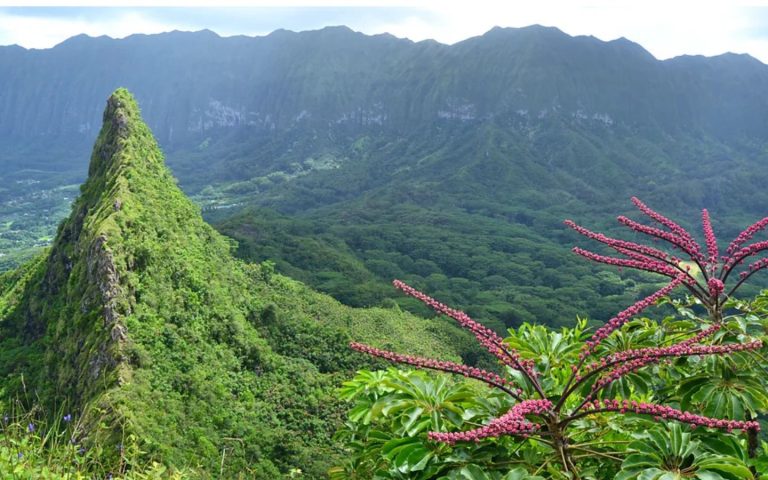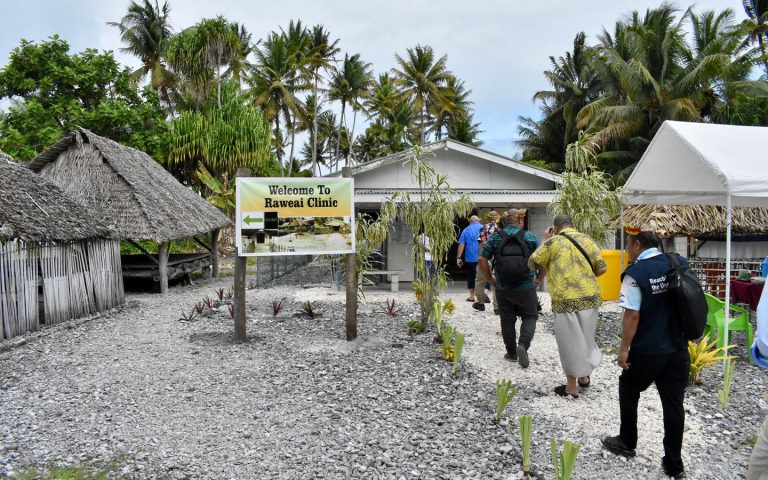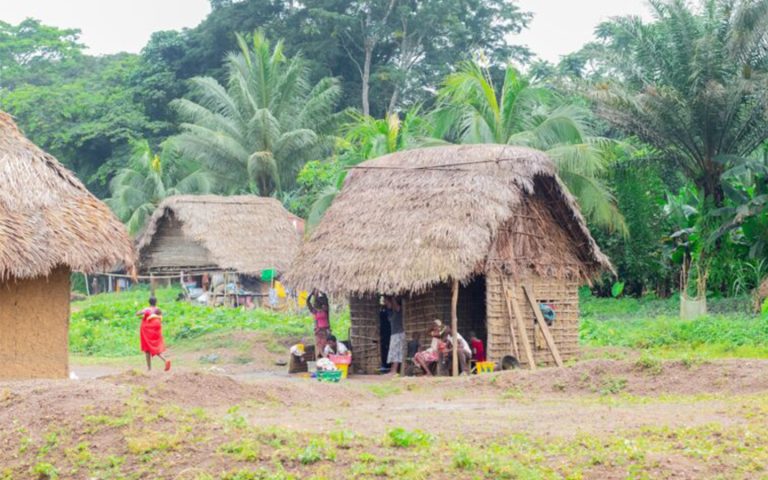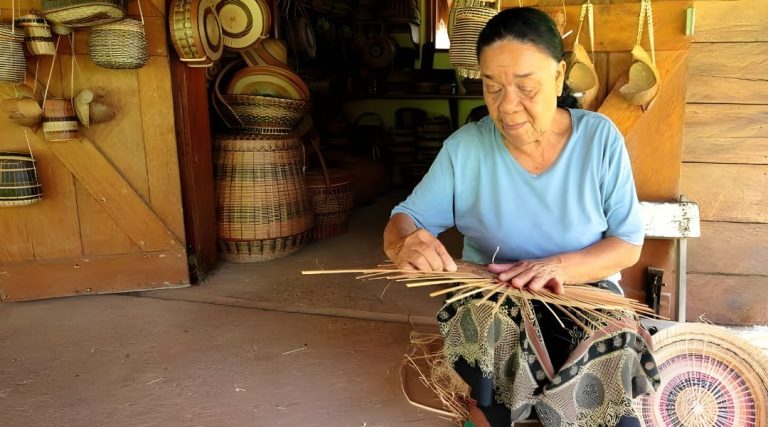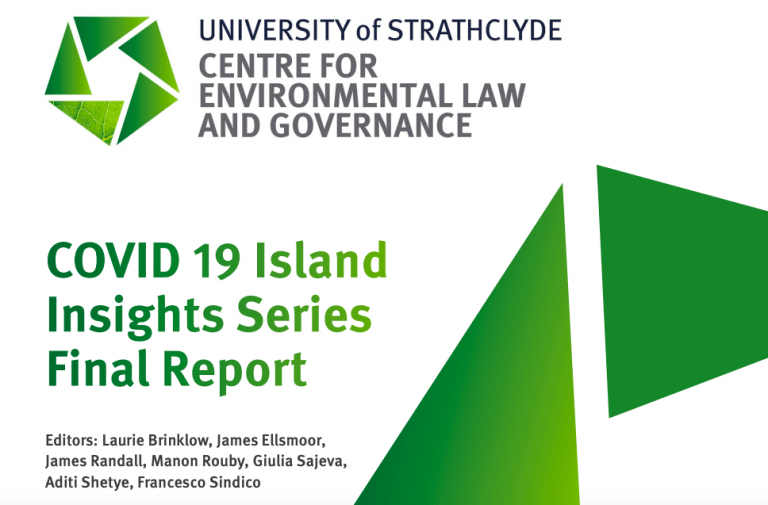Photo courtesy of PetroGreen Energy Corporation. Retrieved from digitimes.com
Excerpt from digitimes.com
Tourism contributed 8.6% to the Philippines’ GDP in 2023, demonstrating its significance to the national economy. According to the 2023 Sustainable Travel Report, 76% of travelers prioritize eco-friendly options, prompting destinations to adopt greener initiatives. To support this growing trend and encourage sustainable development in the country, the Department of Tourism promotes the ANAHAW Philippine Sustainable Tourism Certification, recognizing eco-friendly accommodations that adopt energy-efficient and carbon-reducing practices.
Building on these efforts, solar power presents a scalable solution for reducing costs, increasing energy stability, and aligning with global sustainability goals, making it a key investment for eco-conscious tourism.
Harnessing Solar Energy to Power Bohol’s Top Destinations
Bohol, the Philippines’ first UNESCO Global Geopark, is harnessing renewable energy to support its booming tourism industry. With a remarkable 313% surge in visitors in 2023, the island taps on clean energy solutions to meet growing infrastructure demands. Central to these efforts is the Dagohoy Solar Power Project (DSPP), the island’s first large-scale solar farm.




